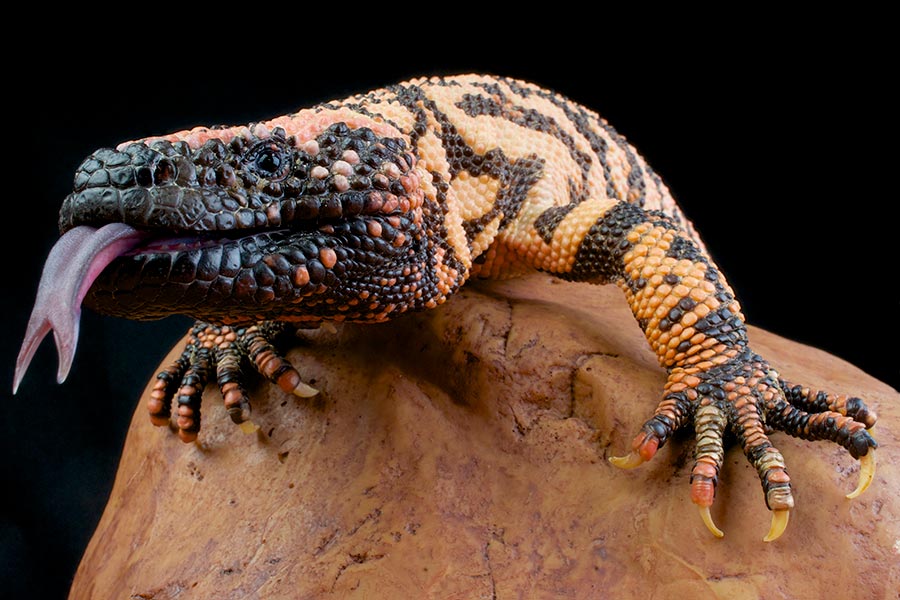≡
Grasshopper Sparrow
Ammodramus savannarum
NatureServe conservation status
Global (G-rank): G5
State (S-rank): S2S3B
- Reason: Two historical breeding occurrences of this species in Utah are known. Historically abundant in dry grasslands of northern Utah, this species has been much reduced through the loss of its habitat to agriculture and the degradation of its habitat by overgrazing.
External links
General information
The grasshopper sparrow, Ammodrammus savannarum, is a bird of the grasslands of North America, Central America, and northwestern South America. The densest breeding populations are found in the central and northern Great Plains, but nesting occurs across the eastern United States and at scattered localities west of the Rocky Mountains, as well as in Central America and South America. This sparrow winters throughout the southern United States, Mexico, and Central America. In Utah, breeding populations have been found only in northern parts of the state, and the species is currently considered to be of conservational concern.
In April of each year, nests of grass are built on the ground at the bases of grass clumps. Usually four or five eggs are laid and incubated for eleven or twelve days. Young fledge after just nine days, and adults may then produce a second brood. This sparrow feeds largely on insects. Although grasshoppers may compose a significant portion of the diet, the source of the common name is the bird's characteristically insect-like song.
Species range
This species formerly occurred throughout much of northern Utah, where breeding was documented near Ogden, Weber County; probably also bred on Antelope Island, Great Salt Lake, Davis County (see Hayward et al. 1976). The possiblity of former breeding in the Uinta Basin was implied by Behle (1981). Behle et al. (1985) stated: "The only recent breeding record is from near Golden Spike National Historic Site, Box Elder County." The two known historical breeding occurrences of this species in Utah are in Weber and Salt Lake counties. Eight other occurrences without confirmed breeding are in Box Elder, Cache, Davis, Tooele, and Sanpete counties.
Migration
Arrives in northern nesting areas March-June (Terres 1980). Northern breeders migrate as far south as Costa Rica, accidentally south to Panama and West Indies, none to South America (Hilty and Brown 1986, Stiles and Skutch 1989).
Habitat
Woodbury et al. (1949) stated that this species bred in "the grassy areas of northern Utah". Behle and Perry (1975) also mentioned "its grassland habitat" in Utah. Hayward et al. (1976) said that "this bird lived in the dry grassy plains" "in the valleys of northern Utah". Walters and Sorensen (1983) considered both the breeding and migrating habitats of this species in Utah to be arid grasslands (at lower elevations) and indicated that nesting is known in this habitat in Utah. Behle et al. (1985) mentioned the Utah habitat of this species as "grassland areas."
Food habits
Eats insects, other small invertebrates, grain, seeds (Terres 1980). Picks up food items from the ground surface.
Ecology
Average territory size is small (< 2 ha) (George 1952, Wiens 1969, Ducey and Miller 1980).
Reproductive characteristics
Arrive on the breeding grounds in mid-April and depart for the wintering grounds in mid-September (George 1952, Bent 1968, Smith 1968, Stewart 1975, Vickery 1996). In Saskatchewan and Manitoba, they arrive later (mid-May) and leave earlier (August) (Knapton 1979). Throughout most of their range, are able to produce two broods, one in late May and a second in early July (George 1952, Smith 1968, Vickery 1996). However, in the northern part of its range, one brood is probably most common; in Maine, no territories showed evidence of successfully fledging two broods and double-broodedness in Wisconsin is uncommon (Vickery et al. 1992, Wiens 1969). Frequently renest after nest failure, and if unsuccessful in previous attempts, may renest 3-4 times during the breeding season (Vickery 1996).
Threats or limiting factors
Loss and degradation of habitat appears to have been and to be the greatest threat to this species in Utah. Hayward et al. (1976) wrote: "Early observers reported that this bird lived in the dry grassy plains. Since most of the dry grasslands in Utah were soon taken up for farmlands or else were heavily overgrazed, it is likely that the species' disappearance was a result of the loss of its native habitat." Similarly, Behle (1981), discussing its presence in the Uinta Basin of northeastern Utah, said that "decades of overgrazing have extirpated the requisite habitat of the species . . .." Vickery (1996) stated: "Habitat loss, fragmentation, and degradation are the primary reasons for Grasshopper Sparrow declines in North America."
References
- Vickery. 1996. Grasshopper sparrow (Ammodramus savannarum). Birds of North America 239: 24 pp.
- Rising, J. D., and D. D. Beadle. 1996. A guide to the identification and natural history of the sparrows of the United States and Canada. Academic Press, San Diego. xii + 365 pp.










